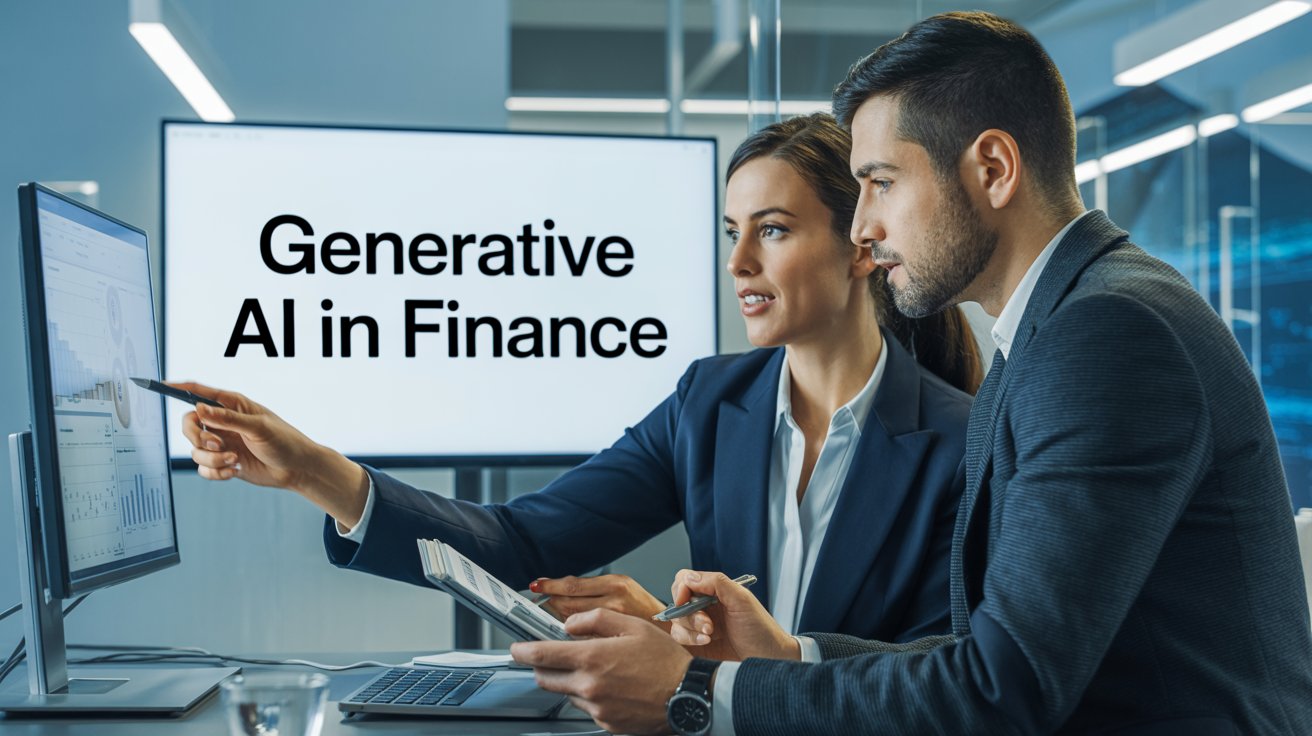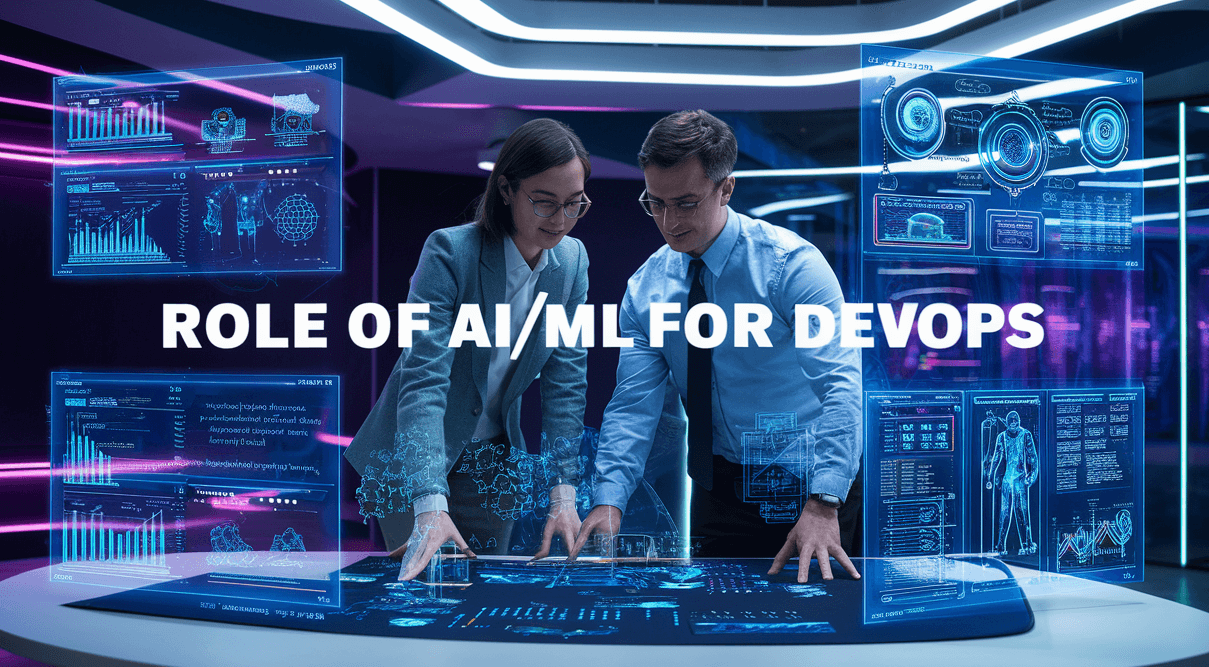Look around today’s workplace, and you will see a dramatic revamping in motion. AI-driven tools, data powered decisions, and smart automation are smartly becoming the norm. However, on the other side, many employees still feel unprepared, overwhelmed, or sometimes disconnected from the digital evolution. Definitely, it is a challenge you may recognize in your own teams. In this silent revolution, AI Workforce Training emerges as a game-changer.
Instead of leaving employees to “sink or swim” it bestows the capability needed for them to excel. After all, a stitch in time saves nine” and early investment in AI skills is always optimal today. It avoids operational bottlenecks, skill shortages, and resistance to change, while simultaneously empowering your workforce to grow with the future.

Jump ahead to
What is AI Workforce Training?
AI Workforce Training is a modern learning approach that utilizes artificial intelligence to enhance employee capabilities through personalized and data-driven instruction. Instead of rigid one-size-fits-all programs, it delivers adaptive learning pathways. That means, it will be tailored to individuals’ strengths, gaps, and career goals. Furthermore, it blends technical skill-building with human-centric competencies like technical ethical thinking and critical reasoning. This training accelerates learning and empowers the workforce to collaborate seamlessly with AI-powered tools and systems. Thus, it prepares employees to bloom in a rapidly evolving workplace. It is, in fact, a continuous ecosystem that anticipates future-ready skills.
Why AI Workforce Training Matters?
Artificial Intelligence is not merely transforming industries. It is actually rewiring every DNA of modern jobs. This implies, employees who once depended on manual routines are now expected to navigate intelligent platforms, automated ecosystems, predictive analytics etc.
Key drivers behind AI Workforce Training includes:
- Digital transformation succeeds through people, not platforms. Definitely, even the most advanced AI solutions falter when users lack the competence to utilize them effectively.
- AI elevates decision-making, but only when employees know where, when, and how to apply its insights responsibly.
- Strong talent retention emerges as employees feel valued, empowered, and capable of adapting to digitally evolving roles.
- Intelligent automation removes repetitive burdens, which allows teams to shift their energy towards strategy, creativity, innovation, and customer-centric excellence.
Ultimately, AI Workforce Training affirms that technology becomes a catalyst for progress rather than a roadblock to performance.
AI Competency Levels
As you expand AI capabilities across your organization, not everyone will need the same depth of expertise. Therefore, the below competency levels table break down the unique challenges different groups may face on their AI journey.
| Level | Who It’s For | Key Challenges |
| Foundational | All employees | Understanding basic AI concepts and overcoming the fear of new technology. |
| Intermediate | Analysts, Managers, Ops teams | Interpreting data accurately and integrating automation into daily workflows. |
| Advanced | Data Scientists, ML, AI Engineers | Building scalable models and managing scalable MLOps pipelines. |
| Leadership | Executives, Directors | Driving AI strategy, ensuring ROI, and governing responsible AI use. |
Key Aspects of AI Workforce Training
- Personalized Learning – AI assesses an employee’s performance pattern, capability gaps, and career aspirations to craft tailored learning journeys. This enables faster mastery and elevated performance.
- Adaptive Instruction– Instead of static, uniform content, AI dynamically adjusts the depth, pace, and format of training. To epitome, beginners may receive guided and step-wise explanations, whereas experienced employees encounter concise and advanced modules.
- Holistic Skill Development- AI-powered training nurtures a blend of technical and human-centric abilities.
- Technical competencies include data literacy, data visualization, analytical reasoning, and prompt engineering.
- Human-centric capabilities are critical thinking, ethical judgment, emotional intelligence, creativity, and adaptability.
- Proactive skill-gap intelligence– AI anticipates emerging competencies and recommends forward-looking modules. This keeps employees in line with emerging business and industry trends.
- Continuous learning culture– Intelligent systems promote a mindset of ongoing development. This is done by suggesting relevant resources, new learning tracks, and, additionally, internal mobility opportunities.
- Context-aware guidance – AI tailors training based on job role, project demands, and real-time workplace challenges. Moreover, this makes learning instantly applicable.
- Real-Time Performance Coaching– It is evident that AI offers instant feedback and micro corrections. Definitely, this fosters faster improvement and sustained growth.
Benefits of AI Workforce Training
- Enhanced engagement– When learning feels tailor-made for your role, your interests and your ambitions, it instantly becomes more captivating. Surely, it pulls your training experience that actually resonates.
- Stronger knowledge Retention– When AI reinforces the concepts in the exact way, you absorb them best, remember more, apply more, and grow faster. It’s learning that sticks do not slip away.
- Accelerated learning cycles– AI sharpens the spotlight on what you truly need, instead of drowning you in irrelevant content. It aids you in mastering skills faster and freeing up time for real work that matters.
- Elevated performance outcomes– When we equip people with timely and relevant skills, they excel. Simultaneously, this produces sharper insights, smarter decisions, also higher-quality results.
- Greater employee satisfaction- There is something deeply motivating about training that gets you. That means, when learning aligns with your ambitions it sparks pride, curiosity, and most importantly commitment.
- A culture of continuous improvement– AI nudges you gently but consistently toward your next milestone. This aids the entire organization to evolve like a river, always moving and discovering new strengths.
- Better alignment with business priorities – Your growth becomes a part of a bigger and purposeful story because AI maps every skill you gained with the firm’s tactical direction.
- Reduced training overhead-We break free from rigid and costly sessions with intelligent and self-directed learning. Moreover, training will be more fluid and accessible that fits into your world, not the other way around.
Core Pillars of An AI Workforce Training
What elements ensure that an AI ecosystem really works for you? No doubt, it must include everything that aids you in staying future-ready.
| Pillar | Description | Skills Gained |
| AI Literacy | Building a strong grasp of AI terminology and real-world use cases across industries. | AI basics, data awareness, cross-functional understanding for all tracks, like AI Business Intelligence and AI Project Management. |
| Technical Alignment | Hands-on immersion in AI tools, automation platforms, MLOps pipelines, and analytical dashboards. | Data handling, model interpretation, and workflow automation supporting AI Data Science and AI DevOps learning paths. |
| Process Adaptation | Redesigning workflows, integrating automation, and embedding AI seamlessly into existing processes. | Process reengineering and automation integration essential for AI Project Managers. |
| Ethical AI Awareness | Understanding fairness, transparency, accountability, and responsible AI principles. | Bias detection and ethical decision-making |
| Change Management | Guiding people and departments through AI cultural shifts. | Adaptability, communication, and collaboration. |
AI Workforce Training- 2026 and Beyond
As you step into 2026 and beyond, AI Workforce Training will no longer be a nice-to-have. On the other hand, it will be a ticket for staying ahead in a world that never sits still. Henceforth, learning will adjust with you, grow with you, and push you forward. This is because in the future, standing still is the fastest way to fall behind. The saying goes,” The early bird catches the worm”. Hence, embracing smart AI Workforce Training keeps you unstoppable.
Future Trends in AI Workforce Training
- AI Copilots guiding daily learning
- Skill-twin models predicting growth
- Neuro adaptive platforms adjusting difficulties
- Generative AI creating custom lessons
- Voice-based AI tutoring support
- Adaptive VR for real-world practice
- AI engines mapping career mobility
- Automated performance-linked training prompts
- Emotion-aware systems personalizing tones
Wrapping Up
The workplace of tomorrow won’t wait, neither will you. Furthermore, AI Workforce Training makes an individual future-ready in ways traditional learning never could. Definitely, every step hones your skills with personalized learning paths to VR simulations.
Remember, change is the only constant, and those who adopt learning as a lifestyle can turn uncertainty into an advantage. In fact, AI is not a tool, it’s your teammate, your coach, and it acts as a secret weapon for staying ahead of the curve.
FAQs on AI Workforce Training
1. Do all industries need AI upskilling?
Yes, AI upskilling is becoming a necessity across industries like finance, manufacturing, and services, not just in tech. Moreover, businesses without AI-trained teams risk falling behind.
2. How is AI used to personalize employee learning?
AI-driven platforms analyze your performance and adapt content in real-time to meet the unique needs. Thus, it ensures every employee gets what they need to grow.
3. Can digital twins be used for AI Workforce Training?
Yes, virtual replicas enable immersive and realistic simulations for learning complex tasks safely. That points to the fact that employees can practice high-risk scenarios without real-world consequences.
4. Is there a shortage of AI Ethics specialists in firms?
Yes, many organizations report a gap in specialists who understand AI governance and responsible AI practices. Ethical oversight is becoming a top priority in AI adoption.
5. What are the main barriers to AI adoption in training?
Employees may struggle to align training with business needs, and some lack of confidence in using AI tools. Definitely, overcoming these barriers requires supportive leadership and smart learning platforms.
6. How will automation reshape workforce training by 2026?
Training will shift towards teaching employees how to work alongside intelligent automation, rather than replace it. You can learn about orchestration and human-AI collaboration.
7. What will be the biggest AI Workforce Training trends in 2026?
Hyper-personalized learning, immersive VR simulations, predictive skill-gap mapping, and continuous AI-guided upskilling will dominate. Training will become more adaptive, interactive, and integrated into everyday work.



